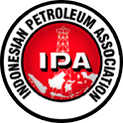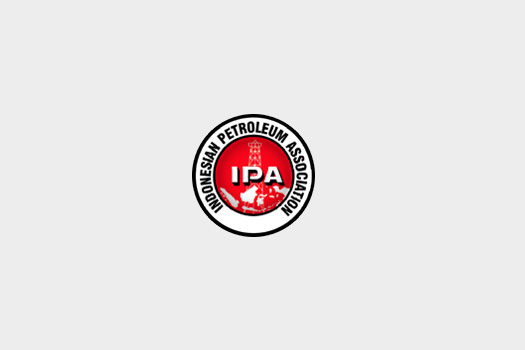From Exploration to Production: Achieving the National Oil and Gas Lifting Target
As part of efforts to increase oil and gas (O&G) production and achieve the set lifting target, the Indonesian government plans to soon operate 15 new O&G projects. These projects are expected to help meet domestic energy needs and reduce dependence on imports.
These projects are also projected to add approximately 73,335 barrels of oil per day (BOPD) and 896 million standard cubic feet per day (MMSCFD) of natural gas. In terms of investment, they are expected to attract around USD 832 million, equivalent to IDR 13.65 trillion.
However, it should be noted that the additional production from these projects is still insufficient to fully meet national energy demands or counterbalance the declining production from aging wells. Exploration remains a key strategy for increasing production and achieving the lifting target. Moreover, several upstream O&G industry challenges in Indonesia must be addressed to shorten the timeframe from exploration to production.
Exploration as the Key Strategy
One of the primary strategies for maintaining and increasing O&G production is exploration. This is crucial for discovering new reserves to replace the declining output from aging oil and gas fields. Without continuous exploration, national O&G production will experience a more drastic decline in the future.
The government has implemented various measures to encourage exploration, including more attractive fiscal policies for investors, such as incentives and flexible contract schemes. A key focus of exploration efforts is the development of frontier areas—regions that have never undergone upstream O&G activities but are believed to hold significant hydrocarbon reserves. These areas are typically located in deepwater regions or remote locations lacking supporting infrastructure. Some examples of frontier areas in Indonesia include the Natuna Sea, Papua, and other eastern regions of the country.
Despite their significant potential, frontier explorations face various challenges, including complex geological conditions, limited infrastructure, and higher exploration costs compared to conventional areas. As a result, advanced technology and substantial investment are required to unlock the potential reserves in these areas. Additionally, the government should consider providing additional incentives for investors willing to explore frontier areas due to the high costs involved.
Strategic and Technical Issues in Achieving the Lifting Target
Beyond exploration, several key challenges remain in managing O&G projects, including:
- Limited Infrastructure: Many O&G blocks are located in remote areas with minimal infrastructure. Significant investment is required to develop supporting facilities such as pipelines, storage facilities, and transportation networks.
- Utilization of Technology and Innovation: The adoption of advanced technologies, such as Artificial Intelligence (AI) and digitalization in well management, is crucial today. The use of technology is expected to improve cost efficiency for companies.
- Energy Transition: The global shift toward energy transition must be addressed appropriately by the O&G industry. Given that oil and gas remain a dominant energy source, upstream projects should incorporate Carbon Capture and Storage (CCS) technology to support net-zero emission targets in current and future developments.
With the right strategies and strong government support, Indonesia’s upstream O&G industry has the potential to increase its production. Sustained exploration efforts and accelerated timelines from exploration to production will be key to ensuring national energy security in the future.

